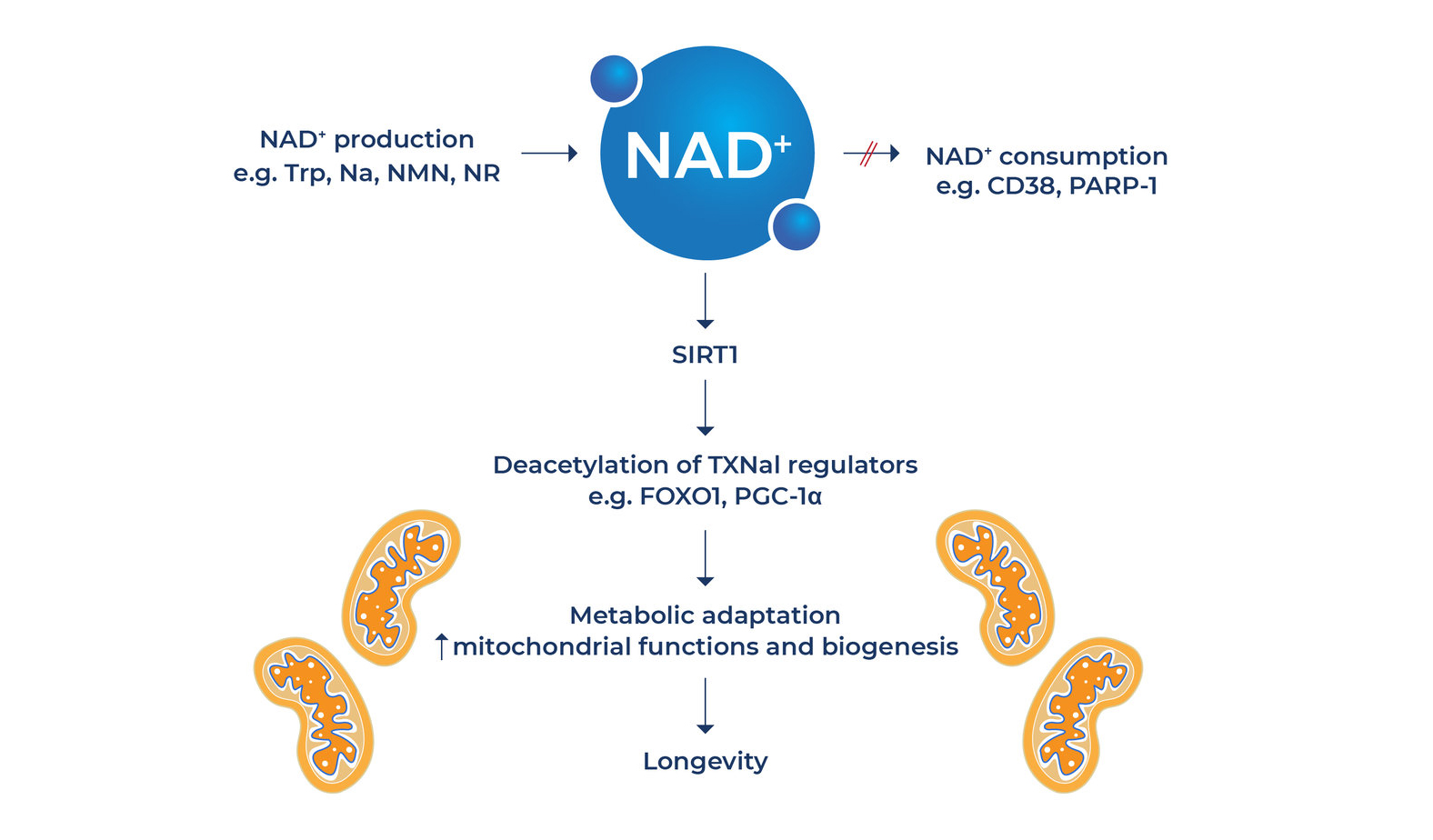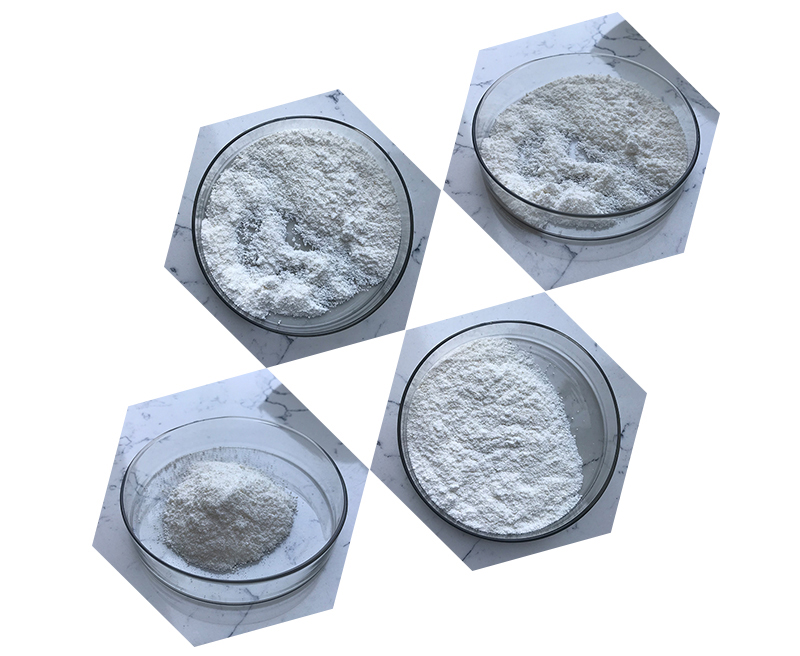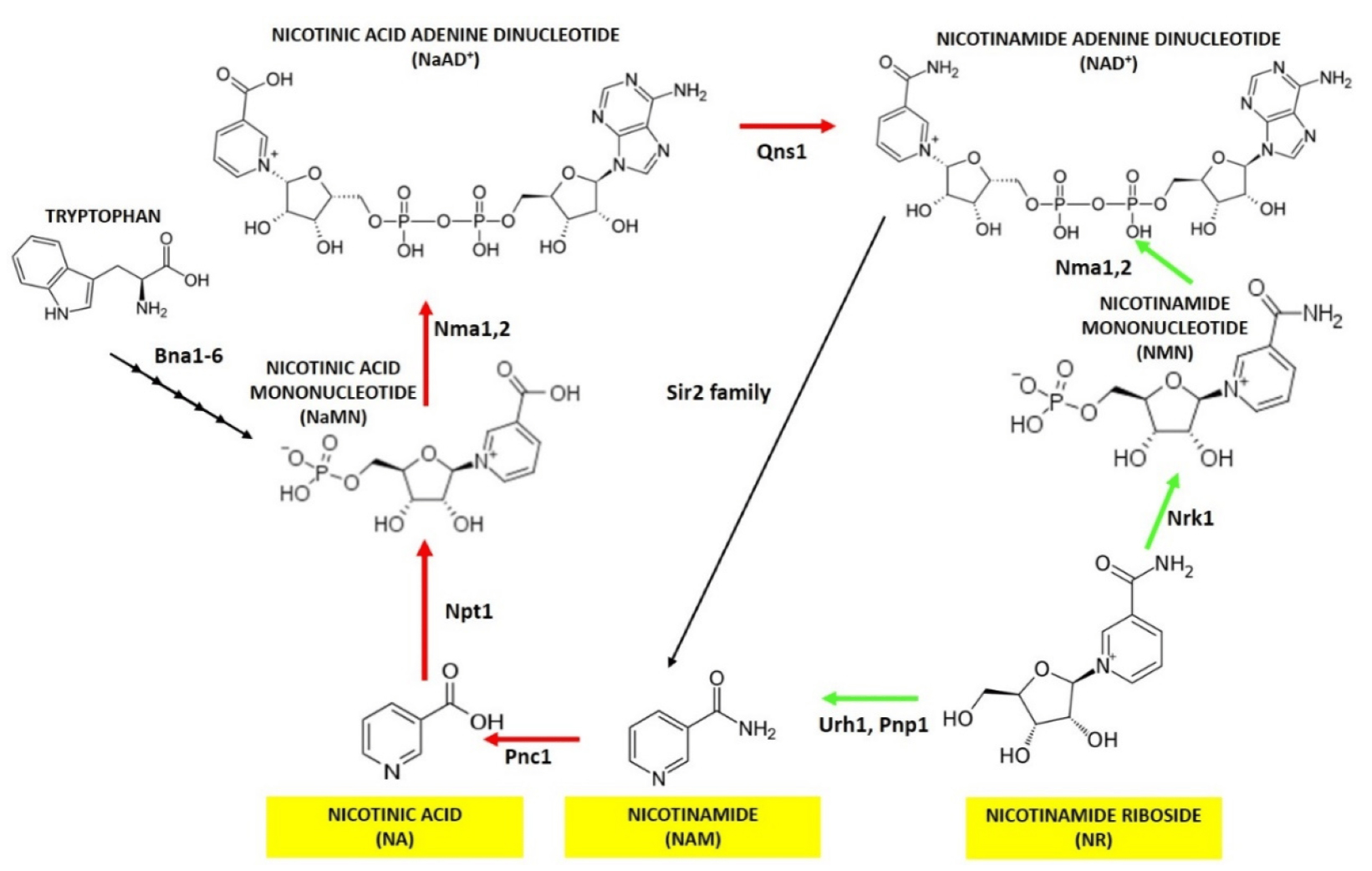Nicotinamide riboside (NR) is a form of vitamin B3 (niacin) and a precursor to nicotinamide adenine dinucleotide (NAD+), which is vital for cellular metabolism and energy production. The synthesis of nicotinamide riboside involves several steps, typically starting with a nicotinamide or related compound and proceeding via specific enzymatic or chemical transformations. Below is an outline of the general synthetic approaches for producing NR.
1. Starting Materials
Common starting materials for Nicotinamide riboside synthesis include:
- Nicotinamide (NAM): A form of vitamin B3.
- Ribose: A sugar that is part of the nucleotide structure.

2. Chemical Synthesis
There are multiple synthetic routes to prepare Nicotinamide riboside, but a common method involves the chemical condensation of nicotinamide with ribose, often in the presence of a catalyst or reagents to promote the formation of the glycosidic bond between the nicotinamide ring and the ribose sugar.
Example: Chemical Synthesis of Nicotinamide Riboside
- Activation of Ribose: Ribose can be activated to form a more reactive intermediate. This can be achieved by using reagents like cyclic nucleotides or phosphoramidites that facilitate ribose coupling.
- Condensation with Nicotinamide: The activated ribose is then reacted with nicotinamide in the presence of an appropriate acid catalyst, such as p-toluenesulfonic acid (p-TSA) or a Lewis acid like zinc chloride (ZnCl₂), which helps form the glycosidic bond.
- Purification: The product can be purified by techniques like column chromatography, recrystallization, or HPLC.
3. Enzymatic Synthesis
A more biotechnological approach for synthesizing Nicotinamide riboside involves using enzymes that catalyze specific steps in the formation of NR from its precursors. This method can be more efficient and environmentally friendly.
- Nicotinamide Phosphoribosyltransferase (Nampt): This is the most common enzyme used in the biosynthesis of NR. It catalyzes the transfer of the ribose moiety from 5-phosphoribosyl-1-pyrophosphate (PRPP) to nicotinamide to form Nicotinamide riboside.
The reaction proceeds as follows:
Nicotinamide+PRPP→Nicotinamide Riboside+PPi
- Recombinant Enzyme Systems: In industrial-scale production, recombinant E. coli or yeast strains expressing Nampt are often used to produce Nicotinamide riboside in a more sustainable way.

4. Synthesis via Glycosylation
In some synthetic routes, the formation of the glycosidic bond can be facilitated using chemical glycosylation techniques. These involve activating the ribose sugar to create a more electrophilic species, which can then undergo a nucleophilic attack by nicotinamide.
Example: Glycosylation Procedure
- The ribose is often protected with protecting groups (such as benzyl or acetyl groups) to prevent unwanted reactions on other hydroxyl groups.
- The activation of ribose can be done using reagents like trimethylsilyl chloride (TMSCl) or other electrophilic agents.
- After activation, the nicotinamide nucleophile attacks the activated ribose, forming Nicotinamide riboside.
5. Industrial Synthesis
In industrial settings, where higher yields and scalability are necessary, enzymatic approaches (using Nampt or other nicotinamide riboside-synthesizing enzymes) are often preferred for their efficiency and specificity. Additionally, chemical methods are still used, especially when a cost-effective approach is desired.

6. Applications of Nicotinamide Riboside
Nicotinamide riboside is used for:
- Supplementation: Nicotinamide riboside is being researched for its potential to increase NAD+ levels in cells, which may improve energy metabolism, delay aging, and help treat various age-related diseases.
- Cellular and metabolic research: As a NAD+ precursor, Nicotinamide riboside is studied for its impact on various cellular processes such as DNA repair, mitochondrial function, and oxidative stress response.
Would you like more detailed information about any specific synthetic pathway?
